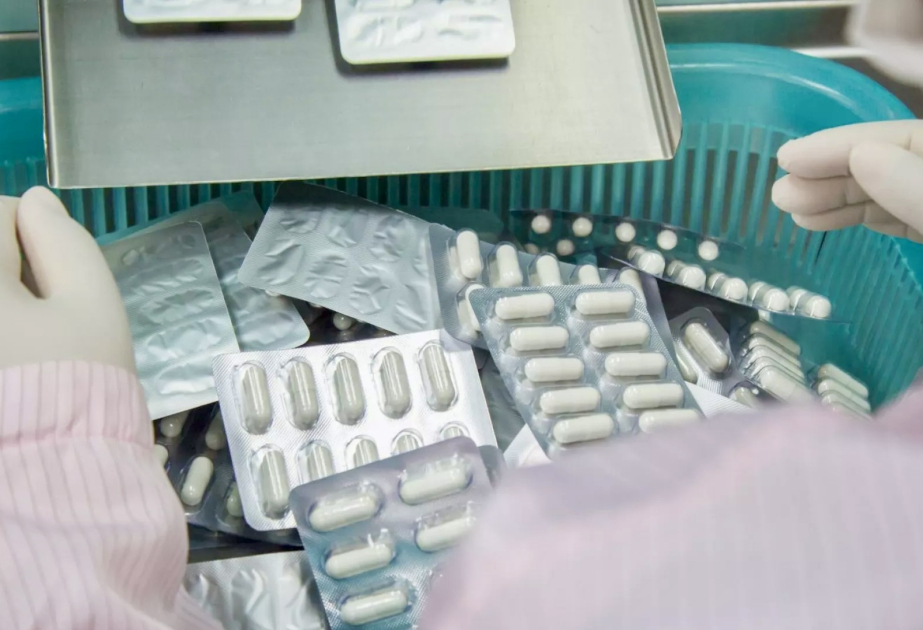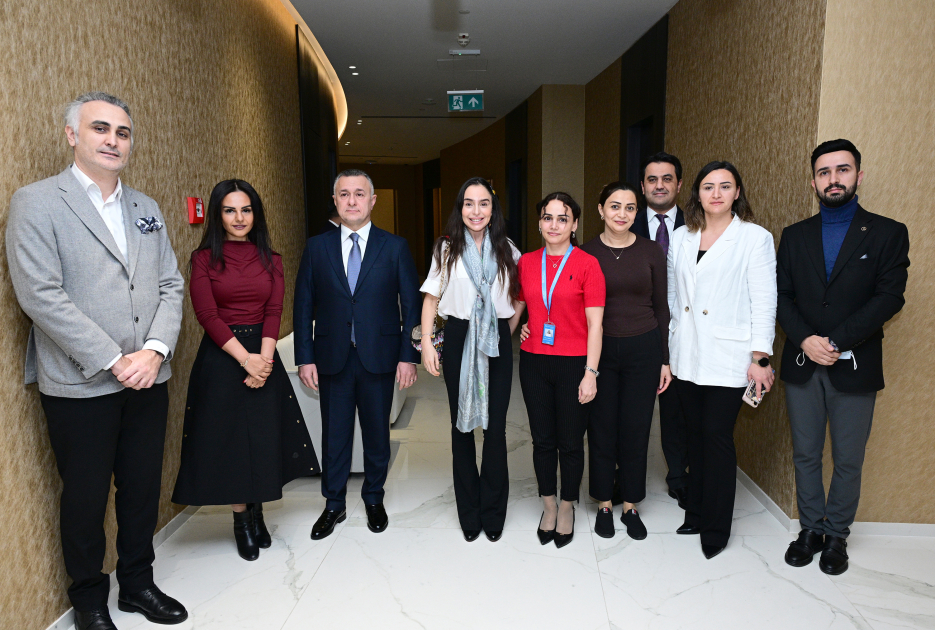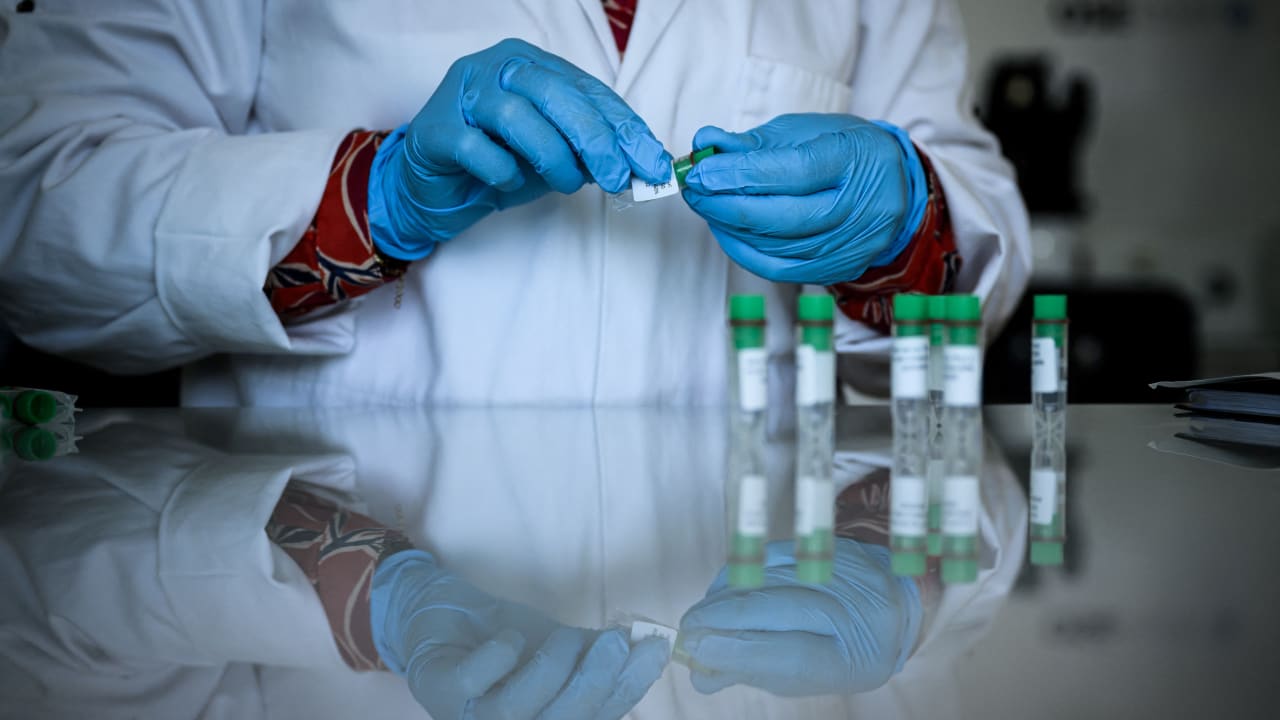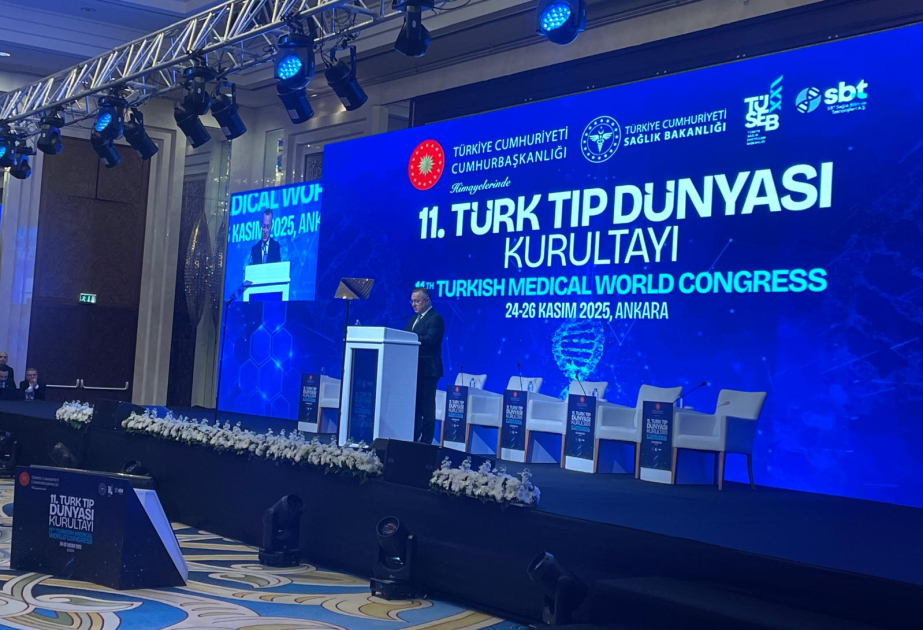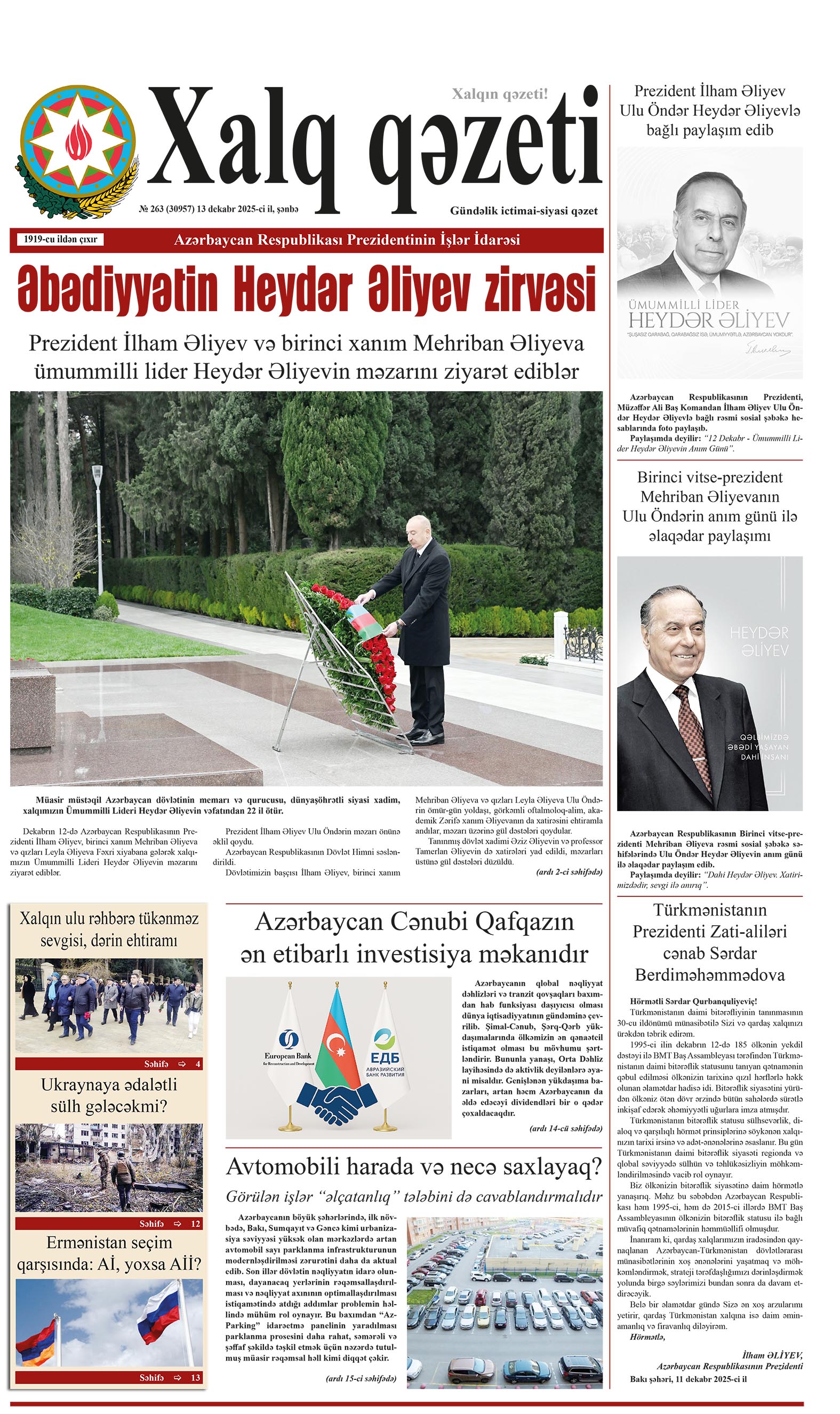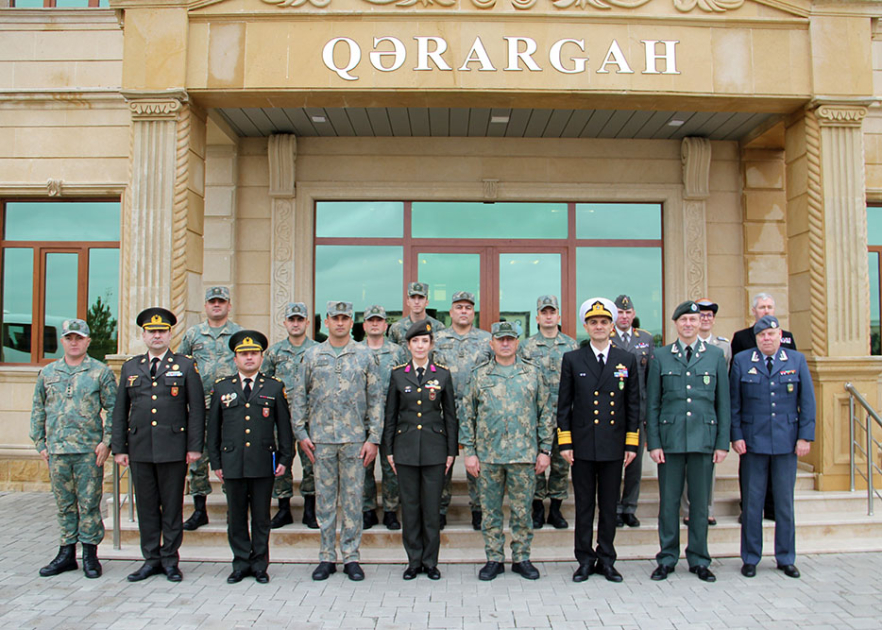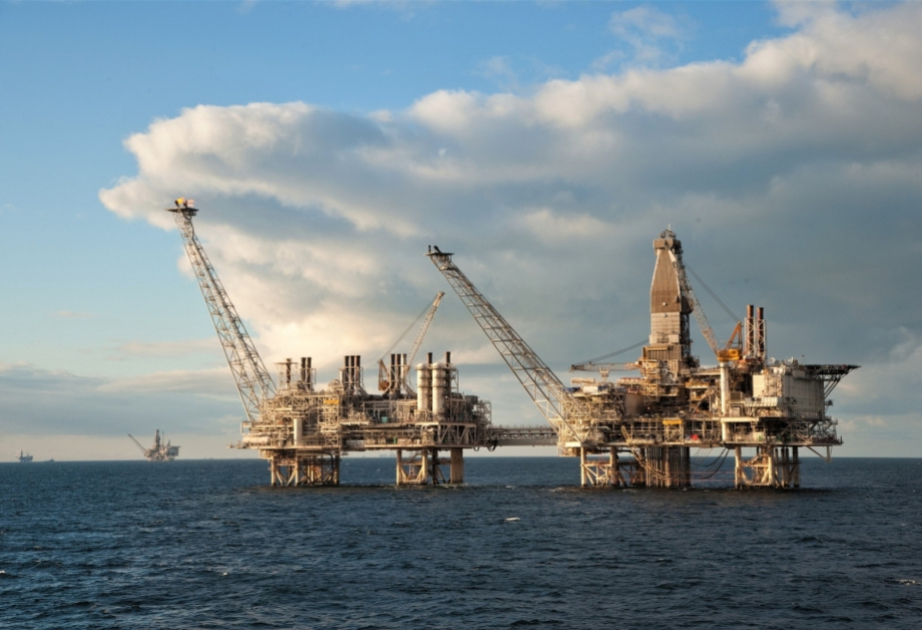Cancer care is booming. But most of the world isn’t benefiting, analysis shows
The gap between rich and poor countries has increased since the 1990s as new drugs become available in higher-income regions but not in the rest of the world, Euronews reported.
Advances in cancer treatments are emerging rapidly, with 197 new drugs launching from 2018 to 2022 alone – but while high-income countries are reaping the benefits, most of the world is being left behind, a major new analysis has found.
A total of 568 cancer drugs entered the market in 111 countries between 1990 and 2022, most of them within the last decade.
Many treatments were first introduced in high-income countries, with lower-income regions facing long delays – if the drugs ever became available there at all, according to the study, published in the journal BMJ Global Health.
These gaps have widened since the 1990s, meaning that while people in wealthy countries are more likely than ever to receive new cancer treatments, access remains stagnant in lower-income areas.
“It started from 2000 onwards, where there are many new drugs, and it is now just quite an explosion,” Carin Uyl-de Groot, a professor of health technology assessment at Erasmus University Rotterdam in the Netherlands who was not involved with the new study, told Euronews Health.
But “there's the layer of access, and there's a link to income”.
The United States had the most new cancer drugs made available (345) from 1990 to 2022, followed by Japan (224), Canada (221), Australia (204), the United Kingdom (191), and China (169).
Other western European countries were also near the top of the pack, with 10.2 per cent of drugs first released in either Germany, France, Italy, Spain, or the UK.
Meanwhile, Africa, Southeast Asia, the Middle East and Central Asia, and Eastern Europe saw the fewest new drug launches, the analysis shows.
Part of the challenge is that drug companies can be slow to roll out new treatments beyond their initial markets.
By 2022, more than a third of the 568 cancer drugs introduced over the past three decades were only available in one country, and just 28 per cent were available in more than 10 countries.
Once a drug is released in one country, it took, on average, 1.5 years for it to launch in the second and two years or longer to be made available in other markets, the study found.
Countries with higher incomes and cancer incidences generally experienced fewer delays, the study found.
In countries without the latest treatments, patients either get “inferior therapies” at home or must travel abroad for cutting-edge medical care, which could partially explain the poor cancer outcomes in some areas, according to the researchers from Tufts Medical Center and Pennsylvania State University in the US.
This could become a bigger problem in the coming decades, they said, as low-income countries experience a boost in life expectancy – and the health burdens, including cancer, that come with it.
“When you survive or live longer, then of course the probability you will get cancer” increases, Uyl-de Groot said.
Yet Europeans also face unequal access to treatments.
In an analysis of 12 cancer drug launches in 28 European countries between 2011 and 2018, Uyl-de Groot’s research team identified disparities that are similar to the new global study.
Across these countries, the average time to introduce a new drug ranged from 17 days to 3.3 years, with faster access in Germany, the UK, and Austria, and more delays in Greece and many Eastern European countries.
Notably, though, having more treatments on the market is not always better for patients, Dr Dario Trapani, a medical oncologist at the European Institute of Oncology in Milan who was not involved with the new study, told Euronews Health.
“The map really shows that the US has the [maximum] number of approvals every year, but many of these drugs are not really giving high value to patients. They expose them to financial toxicity, to time toxicity, and a lot of over-treatment at the end of life,” said Trapani, who is also chair of the cancer medicines committee at the European Society For Medical Oncology (ESMO).
The new report has some other limitations. A new drug launch doesn’t always translate directly to patient access, and researchers did not have data on pricing, which can affect whether a drug company introduces a new medicine in a particular country or not.
Uyl-de Groot said that some cancer drugs are so expensive that budget-conscious governments, even in wealthy western European countries, are wary of committing to pay for them.
To curb disparities in access to cancer medicines – both in Europe and globally – Uyl-de Groot said that countries should get tiered prices for new medicines based on their ability to pay and that steps should be taken to address “parallel import,” which is when one country acquires a drug and then distributes it elsewhere.
Meanwhile, Trapani said that a framework to identify high-value drugs could help regulators and policymakers negotiate drug prices, making them more affordable for national health systems and patients.
Drug pricing isn’t the only barrier, though. Many low-income countries have weak medicines regulators, and may not have all of the wraparound services needed for high-quality cancer care, such as doctors, nurses, and health facilities.
“Generally, when you approach cancer, you approach it not only as medicines but as a system,” Trapani said.


